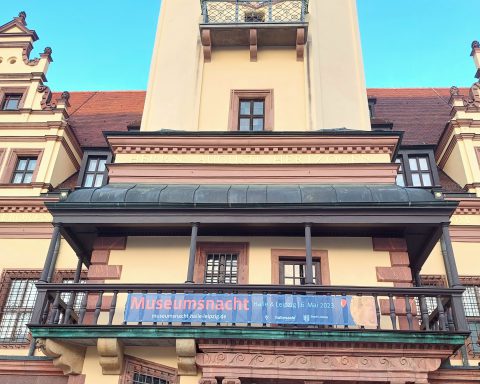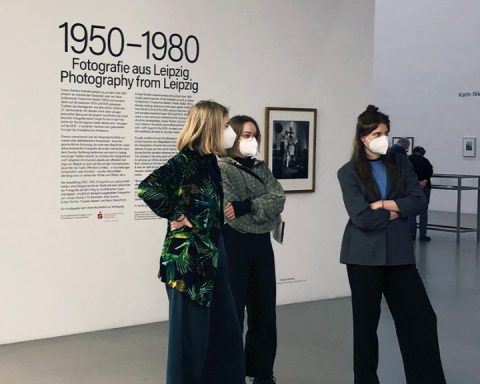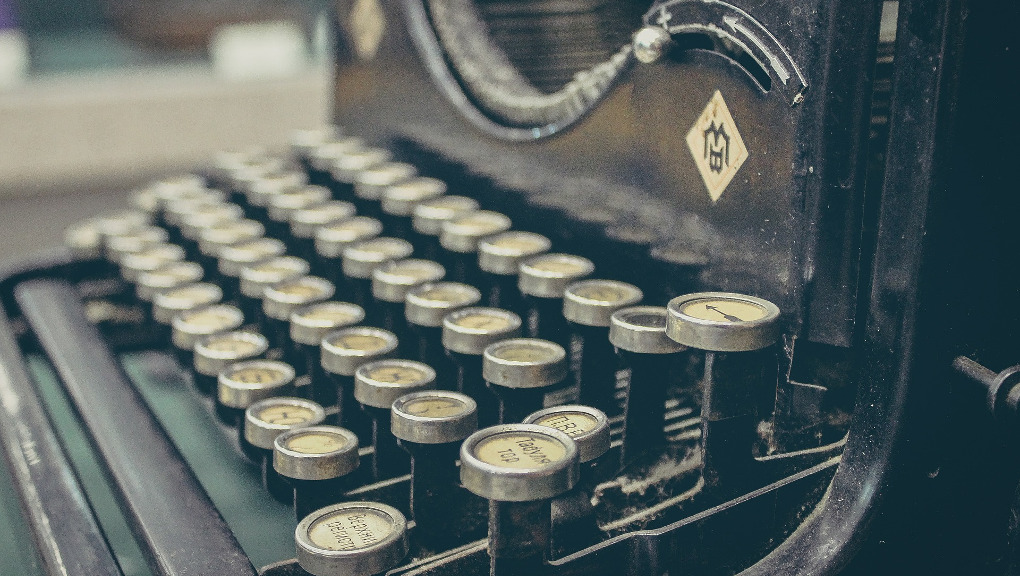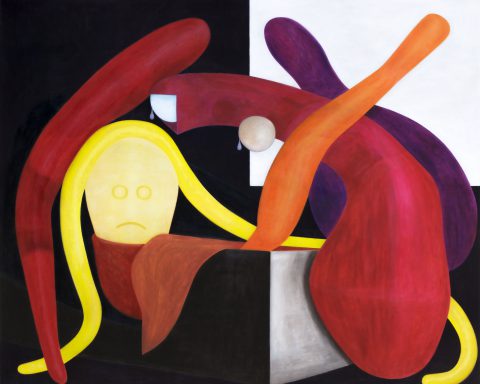Ancient Egypt. It doesn’t only attract archaeologists, but also other mortals with an interest in History and Archaeology. A trip to Egypt, or to a European museum with Egyptian antiquities, can be a great experience.
What is the thrill, really? First of all, the time period: It is thousands of years in the past. The exotic Sahara Desert sand kept the temples and graves in peak condition. Gods with animal heads and bodies. Colorful figures inside the pyramids, and objects akin to contemporary ones.
Many European adventurers made the long, dangerous trip to Egypt in the 18th and 19th centuries.
They brought back souvenirs ranging from entire temples to mummies and various interesting objects. For example, there is a large papyrus collection in a famous Egyptian museum in Turin. This gave Champollion the opportunity to decipher hieroglyphics.

All the great museums of the western world house Egyptian antiquities.
For example, the Metropolitan Museum in New York, the British Museum, and the Louvre. Whether they ought to still be there after so many centuries is a recurring subject of dispute. Some people say that the objects should be returned to their country of origin. However, others argue that it would not be safe. Everyone has a different opinion, which should be respected if expressed in good faith and well researched.
The Roemer- und Pelizaeus-Museum in Hildesheim is not as big or famous as some others. However, it houses a good collection of well-organized and showcased Egyptian antiquities. These exhibits appeal to children and adults alike. Hermann Roemer, a lawyer, senator and geologist, founded the museum in 1844. The consul Wilhelm Pelizaeus, who lived in Cairo for forty years, acquired the collection.
A seated statue of Hemiunu, a prince of the Fourth Dynasty, is among the most important exhibits.
Furthermore, there are clay figures of scribes or workers, as well as human and animal mummies. Also showcased are reliefs, jewels, and everyday objects. The museum even houses a collection of Chinese porcelain and ancient Peruvian artifacts.
In the basement, one can find information regarding the museum’s founders. Through their senses, children are transported to prehistoric times or faraway continents. In addition, there is a display of ideas for a museum of the future. This exhibit showcases contemporary objects suggested by pupils, which may be unknown to future generations.
“The Egyptian duck is a dangerous animal: one snap of its beak and you are infected with Egyptology for life.” (Auguste Mariette, founder of the archaeological museum of Cairo)










